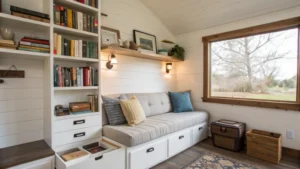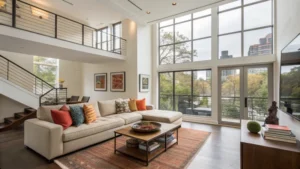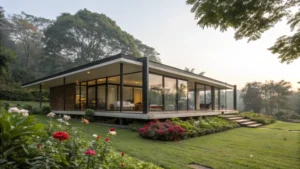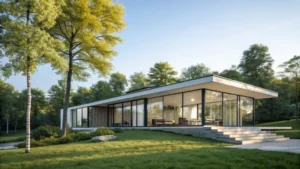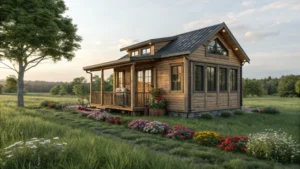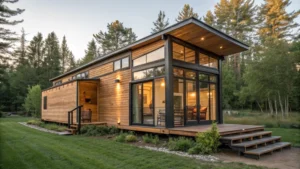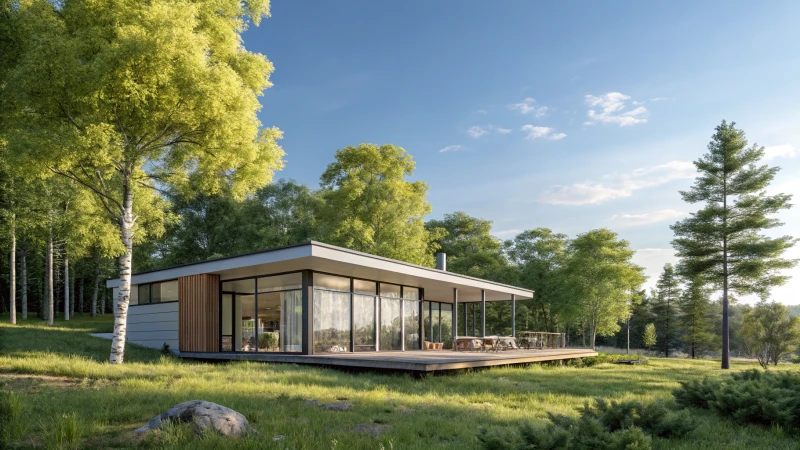
Choosing between building or buying a prefab house is like deciding between instant coffee and a custom brew.
Buying a prefab house offers fixed costs and quicker completion, ideal if you're on a tight schedule. Building one, however, allows for personalization at a potentially higher cost. Consider your priorities: time versus customization before making a decision.
I remember the time I was torn between these two options. On one hand, buying a ready-made prefab felt like hitting the fast-forward button on homeownership. I could just imagine sipping coffee on my porch in no time. But then, the allure of crafting a home that felt uniquely mine tugged at my heartstrings.
When I dug deeper, I realized that while buying a prefab promised predictability in budget and swift delivery, building one meant I could tailor every nook and cranny to my whims. It was about weighing the security of fixed costs against the thrill of customization. What's more important to you: saving time or shaping your dream space?
Building a prefab house always costs more than buying one.False
Building can be more expensive due to customization, but not always.
Buying a prefab house guarantees faster completion than building.True
Prefab houses have fixed construction timelines, ensuring quicker completion.
What Are the Key Cost Differences Between Buying and Building Prefab Homes?
Deciding between buying and building a prefab home is like choosing between a trusty old recipe and a daring new dish. Which will satisfy your needs best?
Buying a prefab home offers a predictable price with fewer surprises, while building a custom one can be pricier due to design and labor. Both options include costs for land and installation.
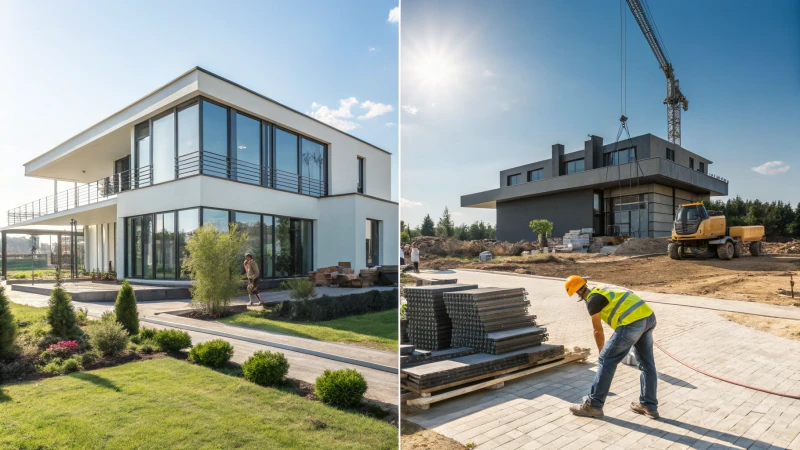
Buying Prefab Homes: The Cost Structure
I remember when I first delved into the prefab world, the idea of just picking a model and watching it come together was thrilling. With buying, the costs are pretty set in stone, just like picking up a favorite ready-made meal. Typically, prices hinge on size and features—small homes under 500 sq. ft. can cost anywhere from $30,000 to $60,000, while larger ones over 1,000 sq. ft. might surpass $120,000.
Additional Costs to Consider
- Land: This was a significant factor for me; it's an extra cost you can't ignore.
- Installation: Some manufacturers bundle it in; others don't.
Building Custom Prefab Homes: Flexibility at a Cost
On the flip side, building a custom prefab home was like crafting a personal project—it offers immense flexibility but comes with a heftier price tag. Starting from around $50,000, the costs can leap past $200,000, largely depending on how intricate your dream home is. Customization lets you explore unique designs and materials1, which can deeply affect your wallet.
Hidden Costs in Building
- Design Fees: Engaging architects or designers bumps up the cost.
- Labor: Custom jobs need skilled hands, raising expenses.
- Permits: Just like buying, you'll need to factor in local permitting fees.
A Comparative Overview
| Aspect | Buying Prefab Home | Building Custom Prefab Home |
|---|---|---|
| Cost Range | $30,000 - $250,000+ | $50,000 - $200,000+ |
| Customization | Limited | Extensive |
| Timeframe | Faster Completion | Longer due to design phase |
| Hidden Fees | Fewer | More (design, labor) |
Factors Influencing Costs
- Location & Land: Whether buying or building, land costs can vary wildly—I found this to be true in my own search for the perfect spot.
- Materials: Opting for sustainable materials can tilt costs either way depending on availability and sourcing.
- Design Complexity: More intricate designs lead to higher costs due to extra labor and materials.
While purchasing offers quick turnaround and cost certainty, building a custom prefab2 provides flexibility at a premium. It all boils down to what your budget allows and how much customization and design intricacy you crave.
Buying prefab homes has more hidden fees than building custom ones.False
Buying generally has fewer hidden fees compared to building, which involves design and labor costs.
Custom prefab homes start at a lower price than pre-made ones.False
Custom prefab homes start at $50,000, higher than some pre-made options at $30,000.
What are the installation time differences between standard and custom prefabs?
Deciding between standard and custom prefab homes feels like choosing between a quick meal and a gourmet dinner. Both have their perks, but timing can be everything.
Standard prefab homes generally install faster than custom ones. With predefined assembly processes, they often take days to weeks, while custom prefabs, requiring personalized design and adjustments, may take weeks to months.
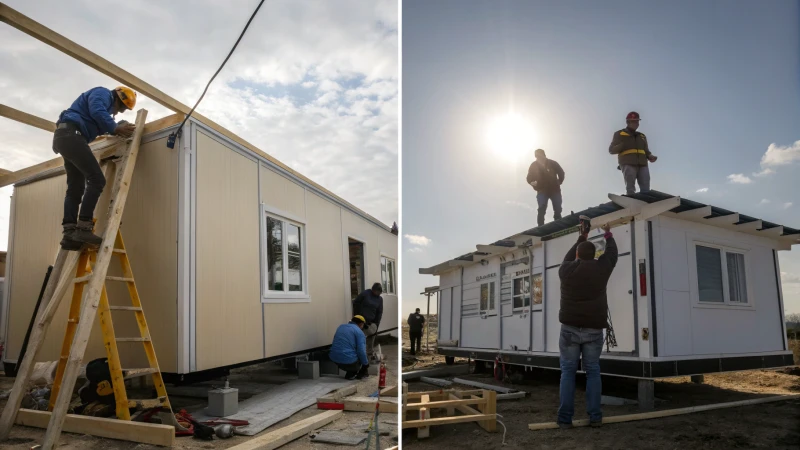
I remember the time I stood on an empty plot of land, envisioning my dream home. The excitement was palpable, but so was the pressure of making the right choice between a standard prefab and a custom one. It’s like having a blank canvas and deciding whether to paint by numbers or create an original masterpiece.
Understanding Standard Prefab Installations
Imagine walking into a store, picking out a beautifully wrapped gift, knowing exactly what’s inside. That’s what choosing a standard prefab home feels like. These homes are all about efficiency. They follow a set pattern, much like assembling a jigsaw puzzle where every piece is known and fits perfectly. This streamlined process means you could have your new home standing in as little as a few days to a few weeks. It's almost like ordering a pizza and having it delivered hot and ready to enjoy.
Exploring Custom Prefab Installations
Now, if you’re like me and want that unique flair—a house that speaks your language—you might lean towards custom prefabs. But let me tell you, it’s akin to crafting a bespoke piece of art. It involves multiple discussions with architects, endless design choices, and the joy of seeing your vision take form. However, this also means you’ll need patience as the project can stretch from weeks into months.
| Installation Type | Typical Time Frame |
|---|---|
| Standard Prefab | Days to Weeks |
| Custom Prefab | Weeks to Months |
Factors Influencing Installation Time
There are several things that can throw a wrench into the timeline—like site preparation, which can be more involved than you'd think, especially if your land needs leveling or clearing. Logistics play a crucial role too; imagine waiting for your house parts like you would for a long-awaited package delivery3. Lastly, the complexity of design can add layers of time; custom features demand meticulous care and time.
If your priority is speed, like when I needed a quick solution for a project deadline, standard prefabs offer that predictability. On the other hand, if you cherish personalization like I do, those extra weeks or months for a custom prefab might just be worth the wait.
Considerations for Decision-Making
In the end, it’s all about what matters most to you:
- Budgetary Constraints: Keep in mind that longer projects often come with higher costs.
- Urgency of Use: Consider how quickly you need the space to be up and running.
- Customization Needs: Weigh how much value you place on having something uniquely yours versus sticking to a timeline4.
By pondering these aspects, you can align your goals with the most suitable prefab option for your needs. Learn more about standard prefab efficiency5. This insight helps balance time efficiency with design preferences.
Standard prefab homes install faster than custom prefabs.True
Standard prefabs have predefined designs, reducing installation time.
Custom prefab installations are always cheaper than standard ones.False
Custom installations often take longer, increasing costs due to personalization.
What Customization Options Are Available When Building Your Own Prefab House?
Imagine crafting your dream prefab home, tailored just for you—each choice a step towards a unique sanctuary.
Building your own prefab house offers a plethora of customization options. From adjusting floor plans to selecting eco-friendly materials and energy-efficient features, you can create a living space that's truly your own. This flexibility ensures a personalized and sustainable home experience.
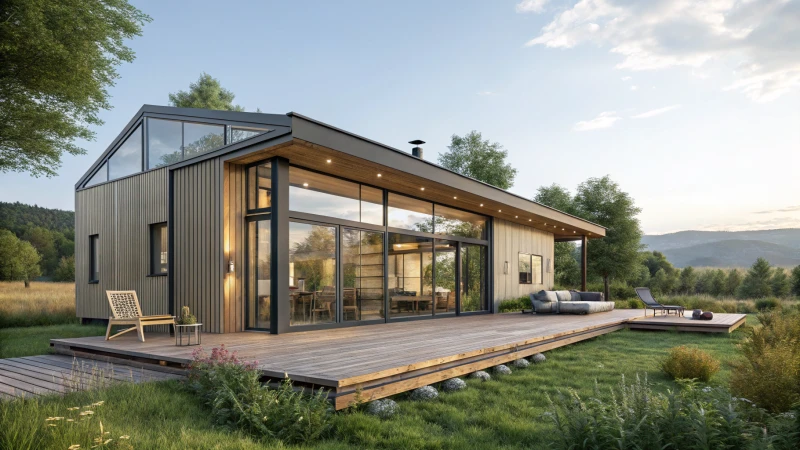
Customizable Floor Plans
I remember the excitement of planning my own prefab home. The sheer flexibility in floor plans was like having a blank canvas. Whether you need an open-concept living area for entertaining guests or extra rooms for a growing family, the possibilities are endless. Most manufacturers provide a range of modular configurations6 that can be adjusted or combined to fit your lifestyle.
| Feature | Description |
|---|---|
| Open-Concept | Ideal for communal and entertainment areas |
| Multi-Story | Expands living space vertically |
| Adaptable Rooms | Spaces that can change functions |
Material Selection
Choosing materials felt like picking the perfect outfit—each choice reflecting my commitment to style and sustainability. With options like recycled steel and bamboo, I could reduce my environmental footprint while ensuring my home's aesthetic appeal. Prefab builders often offer eco-friendly choices such as sustainable timber7 or low-VOC paints, making it easier to build a healthier home.
Energy-Efficient Features
Incorporating energy-efficient features wasn't just about saving on bills; it was about crafting a future-proof home. Options like solar panels, energy-efficient windows, and smart thermostats meant I could enjoy comfort while being kind to the planet.
- Solar Panels: Harness renewable energy
- Energy-Efficient Windows: Minimize heat loss
- Smart Thermostats: Optimize heating/cooling schedules
Aesthetic Finishes
The finishing touches were where my personality truly shone. From selecting paint colors to choosing fixtures, every decision shaped my home's character. With options like hardwood floors or granite countertops, manufacturers provide aesthetic versatility8, allowing for a harmonious design that resonates with personal taste.
Technological Integrations
Embracing smart home technology was like stepping into the future. From smart locks to automated lighting systems, integrating these elements made my home not only more convenient but also secure. Exploring smart home systems9 allowed me to tailor my living space to modern needs.
Embracing these customization options enables you to create a prefab home that reflects your personal style while meeting functional requirements. Whether you prioritize sustainability, aesthetics, or tech-savvy solutions, the possibilities are vast.
Prefab homes can include adaptable room designs.True
Prefab homes offer customizable floor plans, including adaptable rooms for varied functions.
Smart home technology is unavailable in prefab houses.False
Prefab homes can integrate smart home systems like locks, lighting, and appliances.
Is Buying or Building a Prefab House More Eco-Friendly?
I've always believed in the power of choice, especially when it comes to sustainable living. But when faced with the decision between buying or building a prefab house, the eco-friendly path isn't always clear.
Buying a prefab house is generally more eco-friendly due to reduced waste and emissions from efficient manufacturing. Building allows customization with sustainable materials but often requires more resources and emits higher initial emissions.
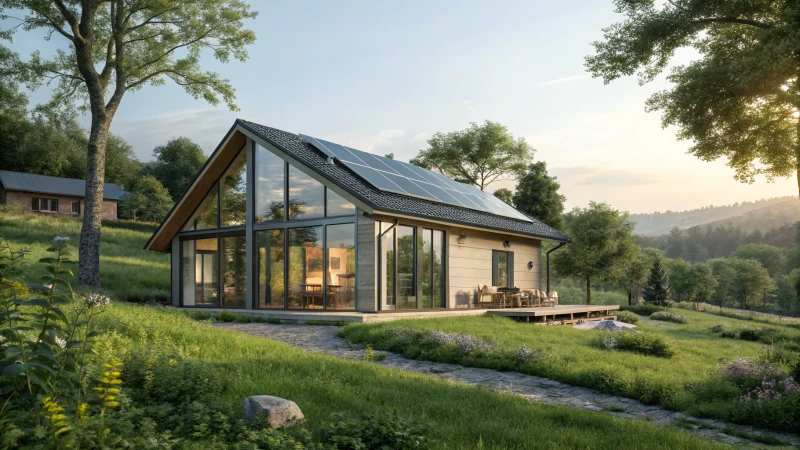
Understanding the Environmental Impact of Buying Prefab Homes
Every time I think about the simplicity of buying a prefab house, it takes me back to when I first walked into a showroom. The clean lines and modern designs instantly clicked with my dream of an eco-friendly lifestyle. Buying a prefab can be incredibly green because it's like choosing from a well-oiled machine's menu. Factories make these houses with precision, minimizing waste and cutting down on emissions through standardized processes. Imagine a giant puzzle being assembled with each piece fitting perfectly—that's how I see prefab production.
For example, by manufacturing components in controlled environments, prefab producers can enhance energy efficiency10 and reduce overall carbon footprints. This streamlined approach often results in less material wastage compared to traditional on-site construction.
Of course, there's the transportation hurdle. I remember the first time I considered the carbon footprint of shipping modules from overseas—it was a real wake-up call. However, knowing that once these homes arrive, they're often ready to snap together like Lego bricks offers some peace of mind.
Exploring the Green Potential in Building Custom Prefab Homes
Building a custom prefab home is where your inner artist can truly shine. If you've ever dreamed of designing every nook and cranny of your space with sustainable materials, this is your canvas. By choosing eco-friendly materials and energy-efficient designs, you can create a home that reduces environmental impact over time.
I recall standing on a plot of land, envisioning solar panels glistening in the sun and a green roof teeming with life. This process allows for integration of features like solar panels or passive heating systems that reduce energy consumption11. While this route offers freedom and creativity, it’s not without challenges. The initial investment can be steep, and coordinating bespoke manufacturing can be akin to orchestrating a symphony—one off-note and things might go awry.
Moreover, custom-building might result in higher initial emissions due to the need for bespoke manufacturing and transportation processes.
Comparing Costs and Environmental Outcomes
| Aspect | Buying Prefab | Building Custom Prefab |
|---|---|---|
| Waste Reduction | High | Moderate |
| Material Choice | Limited | Extensive |
| Transportation Emissions | High (depends on distance) | Variable (depends on materials) |
| Customization | Low | High |
| Initial Costs | Lower | Higher |
In the end, both buying and building prefab homes offer distinct paths to eco-friendliness. The choice boils down to what aligns best with your values and lifestyle vision. Whether you prioritize immediate eco-benefits or long-term sustainability through customization, each option offers its own unique contribution to our planet's health.
Buying a prefab house reduces material waste.True
Prefab houses are produced in controlled environments, minimizing waste.
Building custom prefab homes always has lower emissions.False
Custom builds may involve higher emissions due to bespoke processes.
Conclusion
Deciding between buying or building a prefab house involves weighing fixed costs and quick completion against customization options and potentially higher expenses, depending on personal priorities.
-
Explore this link for inspiration on unique design features that can influence your prefab home's cost. ↩
-
This link provides in-depth insights into the financial aspects of creating a custom-built prefab home. ↩
-
Uncover potential challenges in executing custom prefab installations and how they affect timelines. ↩
-
Discover how standardized processes reduce installation time and increase efficiency in standard prefab homes. ↩
-
Explore why standard prefab homes might offer better efficiency and quicker installations compared to custom options. ↩
-
Explore how different modular layouts can be adapted to suit various lifestyles and needs. ↩
-
Learn about sustainable materials that can minimize your home's environmental impact. ↩
-
Discover the range of finishes available to personalize your prefab home's interior. ↩
-
Find out how smart home systems can enhance convenience and security in your prefab house. ↩
-
Learn how prefab manufacturing enhances energy efficiency. ↩
-
Find strategies to cut energy use and emissions at home. ↩




